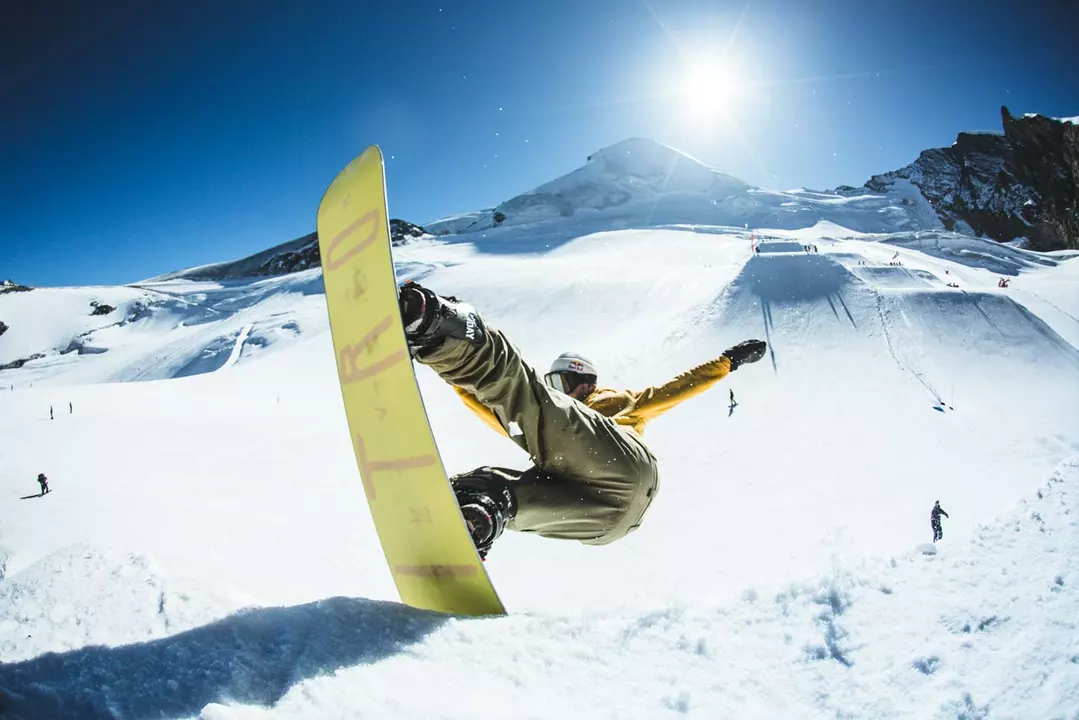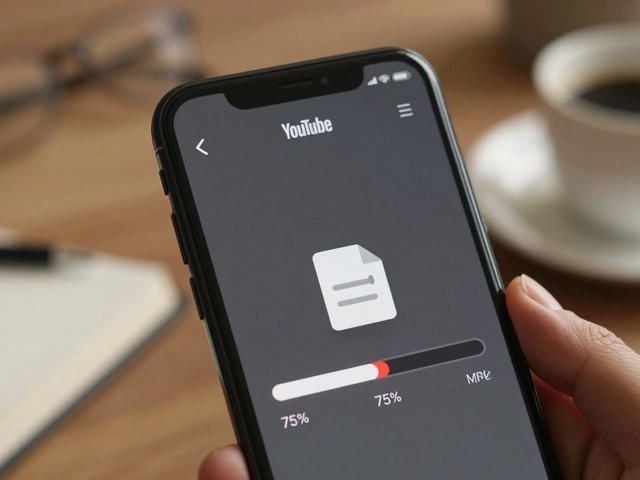Introduction: Choosing the Right Bindings for Freestyle Snowboarding
As a passionate snowboarder and blogger, I've always believed that the right gear can make all the difference when it comes to enjoying your time on the slopes. One of the most crucial components of your snowboard setup is your bindings. They connect your boots to the board, allowing you to transfer your energy and movement effectively. In freestyle snowboarding, where tricks, jumps, and jibs are the name of the game, having the right bindings is even more critical. In this article, I'll dive into the world of bindings, discussing the best options for freestyle snowboarding and what features you should consider when making your choice.
Finding the Perfect Flex for Freestyle Fun
When it comes to bindings, flex is one of the most important features to consider. A binding's flex is determined by the materials used, the design, and the construction. In freestyle snowboarding, a softer flex is preferred, as it allows for greater freedom of movement and easier manipulation of the board. Soft-flex bindings also provide more shock absorption, which is essential when landing jumps and jibs.
However, it's important to note that the ideal flex can vary depending on your personal preferences and riding style. Some riders may prefer a medium flex for a bit more support and responsiveness. Ultimately, it's essential to try out several bindings with different flex ratings to find the one that feels the best for you.
Strap-In or Rear-Entry: Which Binding System Works for You?
Bindings come in two main types: strap-in and rear-entry. Strap-in bindings are the traditional choice, featuring adjustable straps that secure your boots to the bindings. These bindings offer excellent control and responsiveness, making them a popular choice among freestyle riders. Plus, the straps can be easily adjusted to accommodate different boot sizes and riding styles.
Rear-entry bindings, on the other hand, have a fold-down highback that allows you to slide your foot in and out quickly. This design makes them incredibly convenient, especially for those who dislike spending time strapping in and out. However, rear-entry bindings may not provide the same level of control and performance as strap-in bindings. Ultimately, the choice between strap-in and rear-entry bindings comes down to your personal preferences and priorities.
Highbacks: Finding the Perfect Balance of Support and Flexibility
The highback is the vertical portion of the binding that rests against your calf, providing support and control when riding. In freestyle snowboarding, a shorter and more flexible highback is typically preferred. This design allows for greater freedom of movement, making it easier to execute tricks and maneuvers. However, a more rigid highback may provide additional support and responsiveness, which can be beneficial for more aggressive riders or those who prefer a more locked-in feel.
Like with flex, the ideal highback design will vary depending on your personal preferences and riding style. Be sure to test out several different highbacks to determine which one offers the perfect balance of support and flexibility for you.
Cushioning: Absorbing Impacts for a Smoother Ride
When you're constantly pushing the limits in freestyle snowboarding, having adequate cushioning in your bindings is essential. Good cushioning can help absorb impacts from landings and reduce overall fatigue, allowing you to ride longer and more comfortably. Many bindings now feature shock-absorbing materials, such as EVA foam or gel padding, in the footbed and highback.
When choosing bindings for freestyle snowboarding, be sure to prioritize those with ample cushioning. This feature can make a significant difference in your comfort and performance on the mountain.
Compatibility: Ensuring Your Bindings Fit Your Board and Boots
Before you get too caught up in the specific features of a binding, it's crucial to make sure it's compatible with your snowboard and boots. Most bindings are designed to fit a range of board and boot sizes, but it's still essential to double-check that the bindings you're considering will work with your existing gear.
Many snowboard brands also have their proprietary mounting systems, so be sure to choose bindings that are compatible with your board's mounting pattern. Additionally, if you have boots with a unique design or features, such as a reduced footprint, make sure the bindings you choose can accommodate them.
Personal Style: Embracing Your Unique Riding Flair
Lastly, let's not forget about style. While it may not directly impact your performance on the mountain, having bindings that match your personal aesthetic can make your time on the slopes even more enjoyable. Bindings come in a wide range of colors, designs, and finishes, so take some time to find a pair that reflects your unique riding flair.
Remember, your bindings are an essential part of your snowboard setup, so don't be afraid to invest in a pair that not only performs well but also looks great.
Conclusion: The Best Bindings for Freestyle Snowboarding Are the Ones That Work for You
When it comes to choosing the best bindings for freestyle snowboarding, there's no one-size-fits-all answer. The ideal bindings will depend on your personal preferences, riding style, and specific needs. By considering factors such as flex, binding system, highback design, cushioning, compatibility, and style, you can find the perfect pair of bindings that will elevate your freestyle snowboarding experience to new heights. So get out there, try out different bindings, and most importantly – have fun!






Write a comment